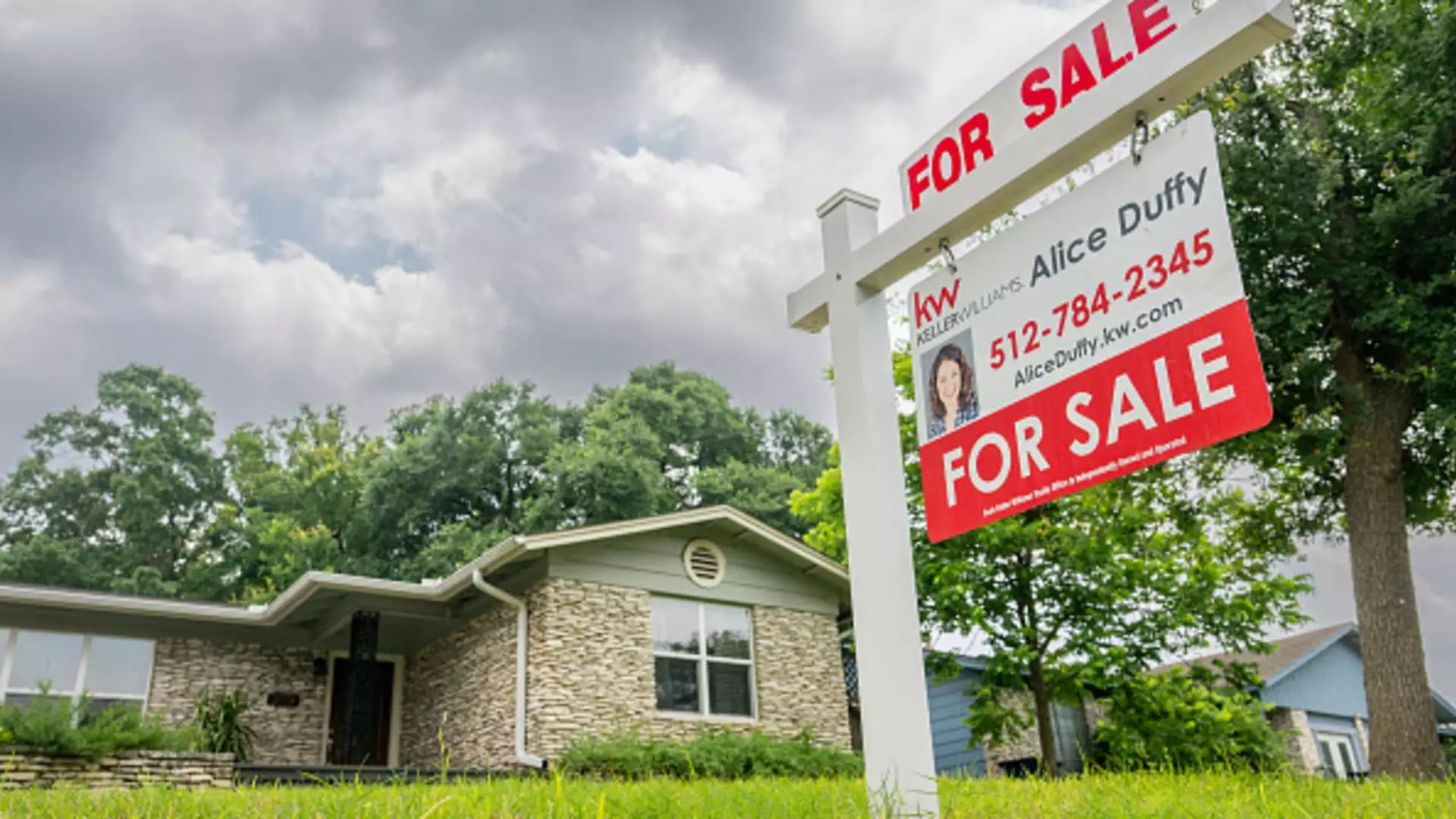As we approached the close of December 2024, a significant surge in mortgage interest rates set the stage for a challenging period in the housing market. Traditionally, this time of year witnesses a slowdown in real estate activity; however, the abrupt rise in rates compounded the seasonal decline, leading to a sharp contraction in mortgage demand. According to the Mortgage Bankers Association (MBA), application volumes plummeted by 21.9% in the two weeks ending December 27, a significant shift attributed to both market conditions and seasonal factors.
Understanding the Numbers
The MBA’s seasonally adjusted index revealed that the average interest rate for 30-year fixed mortgages climbed to 6.97%, reflecting a steadily increasing trend that has characterized the latter part of 2024. This rise from 6.89% coincided with a slight uptick in points, indicative of the elevated costs now required from borrowers. The contrast becomes even more pronounced when viewed through an annual lens; mortgage rates, which had been more favorable earlier in the year, ended December at a height of 21 basis points above the same time last year. This shift not only hindered new purchases but also discouraged refinancing, as highlighted by the declining refinancing applications, which dived 36% from the preceding two weeks yet still remained robust compared to the same timeframe a year prior.
December often sees a natural slowdown in home sales, further exacerbated this year by the ongoing volatility in mortgage rates. The survey indicated that while there are more homes available than the previous year, many properties linger unsold due to inflated prices and the constraints imposed by rising borrowing costs. Such a confluence of factors has resulted in a lower number of mortgage applications for home purchases, which fell by 13% during the holiday period and demonstrated a staggering 17% decrease from the same period last year.
Economists, including MBA’s chief economist Mike Fratantoni, underscored the critical nature of these rate changes. The pronounced impact on both refinance and purchase applications serves as a barometer for consumer sentiment and economic health. As rates edge closer to or breach the 7% threshold, the implications for housing market dynamics become increasingly complex. Higher mortgage costs not only dampen buyer enthusiasm but also threaten to stagnate market momentum. Moreover, as Matthew Graham from Mortgage News Daily notes, the uncertainty surrounding bond market openings adds a layer of unpredictability to the overall economic landscape.
As we look ahead, the interplay between rising mortgage rates and consumer demand will likely dictate the trajectory of the housing market in early 2025. With holiday volatility contributing to market shifts, it remains uncertain how quickly stabilization can occur. If interest rates continue to hover near or exceed 7%, potential buyers may further retreat, waiting for more favorable conditions. Thus, the future of the housing market is contingent upon a delicate balance of interest rates, supply, and consumer confidence in the coming months.

